8 Important Highway Code changes coming into force on 29th January
8 Important Highway Code changes coming into force on 29th January

If you're not already aware, updates to the Highway Code will take effect tomorrow and will have repercussions for road users - such as motorists, cyclists and pedestrians.
It is hoped that the changes to the code will help reduce the number of accidents on the roads by giving increased priority to vulnerable road users, including cyclists and pedestrians.
A hierarchy of road users is being introduced to ensure heavier or quicker forms of travel have the biggest responsibility to reduce the threat or danger they may pose to other road users.
Cyclists are also being given new advice to ride in the centre of a lane on quieter roads, in slower-moving traffic and at the approach to junctions in order to make themselves visible as much as possible.

Cyclists will also be reminded they can ride two abreast, as this has always been the case and which can be safer in big groups or with children. However, cyclists must be aware of motorists behind them and allow drivers to overtake when it is safe to do so.
Meanwhile, drivers will be urged to adopt the so-called ‘Dutch Reach’, which involves opening the door next to them with the opposite hand, prompting a look over their shoulder, hopefully reducing the chance of injuring passing pedestrians and cyclists.
1. What is the Heirarchy of Road Users?
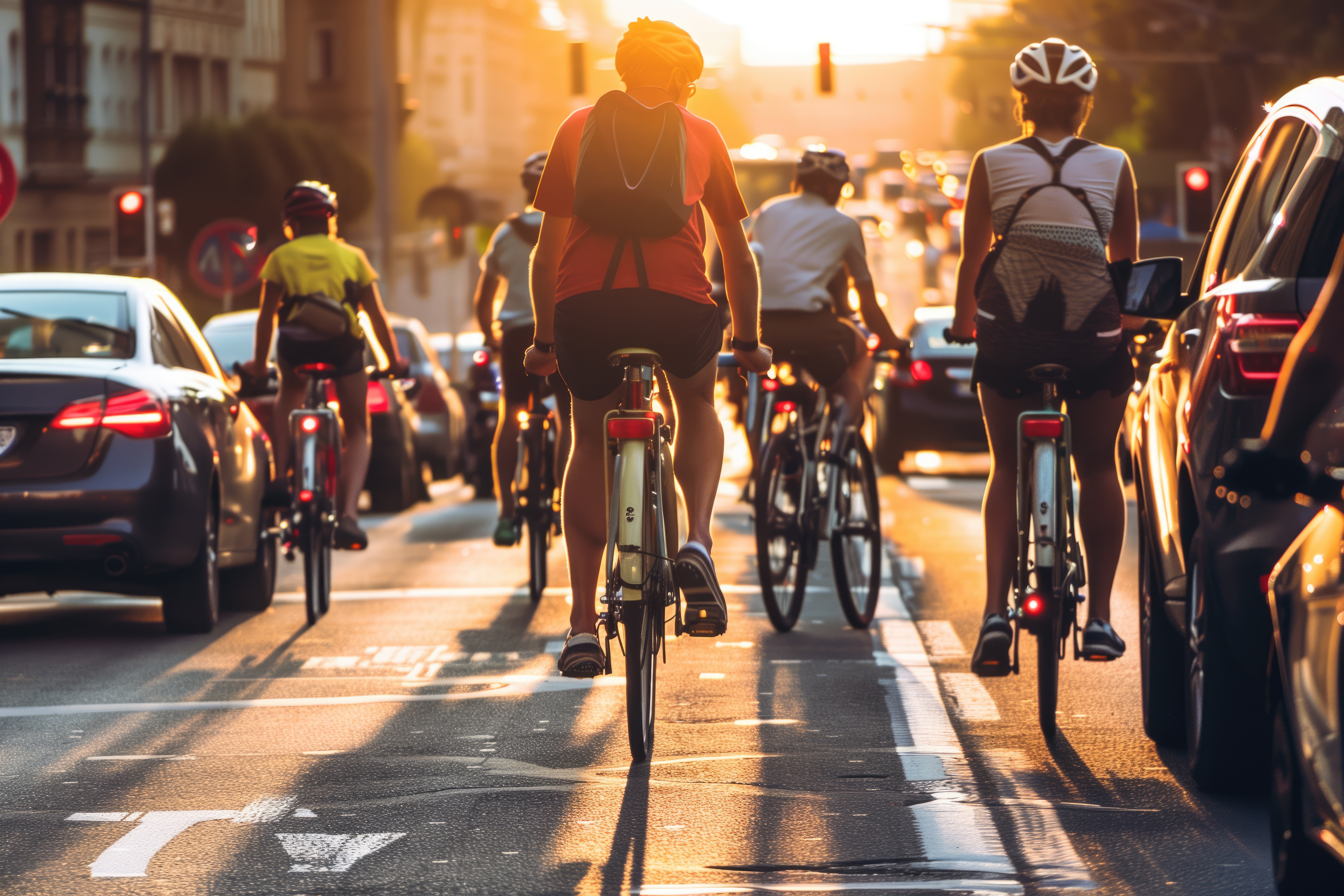
The Hierarchy of Road Users places road users that are the most at danger in the event of a collision at the top of the hierarchy.
Road users that have the most potential to be hurt in the event of a crash are pedestrians, cyclists, horse riders and motorcyclists.
Disabled people, children and the elderly are also considered to be the most at risk.
Cyclists, horse riders and drivers of horse-drawn vehicles have an obligation to reduce danger to pedestrians under the rules.
RULES THAT WILL CHANGE
- Rule H1 (Introduction)
- Rule H2 (Introduction)
- Rule H3 (Introduction)
2. Pedestrians Crossing the Road at Junctions
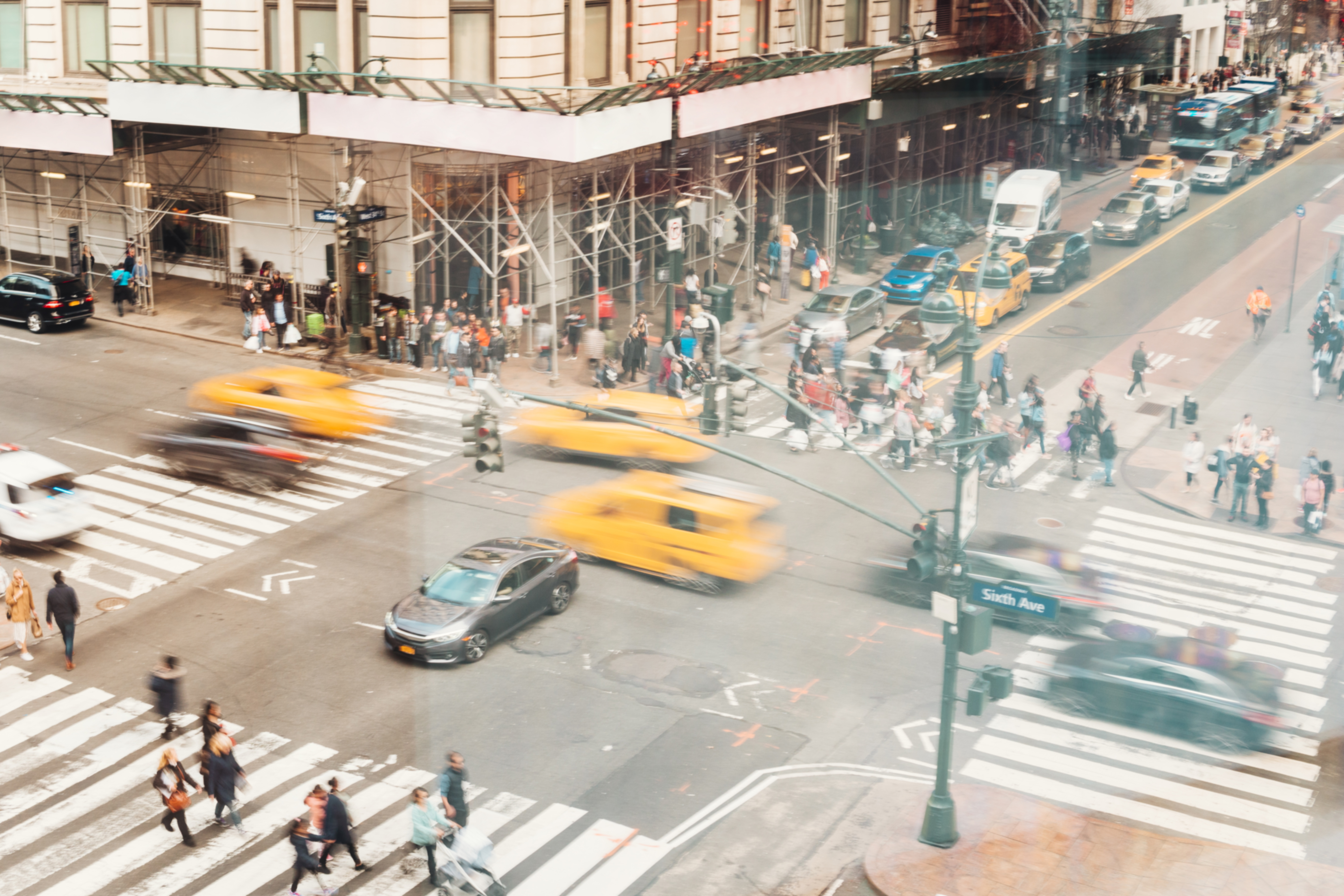
The updated Highway Code code will explain that:
- when pedestrians are waiting to cross or crossing at a junction, other traffic should give way
- if pedestrians have begun crossing and motorists want to turn into the road, the pedestrians crossing have priority, and drivers should give way
- Drivers, motorcyclists and cyclists must give way to pedestrians on a zebra crossing and pedestrians walking and cycling on a parallel crossing
A parallel crossing is comparable to a zebra crossing but includes a cycle route alongside the black and white stripes.
RULES THAT WILL CHANGE
- Rule H2 (Introduction)
- Rule 8 (Rules for pedestrians)
- Rule 19 (Rules for pedestrians)
- Rule 170 (Using the road)
- Rule 195 (Using the road)
- Rule 206 (Road users requiring extra care)
3. Cycling, Walking or Riding in Shared Spaces
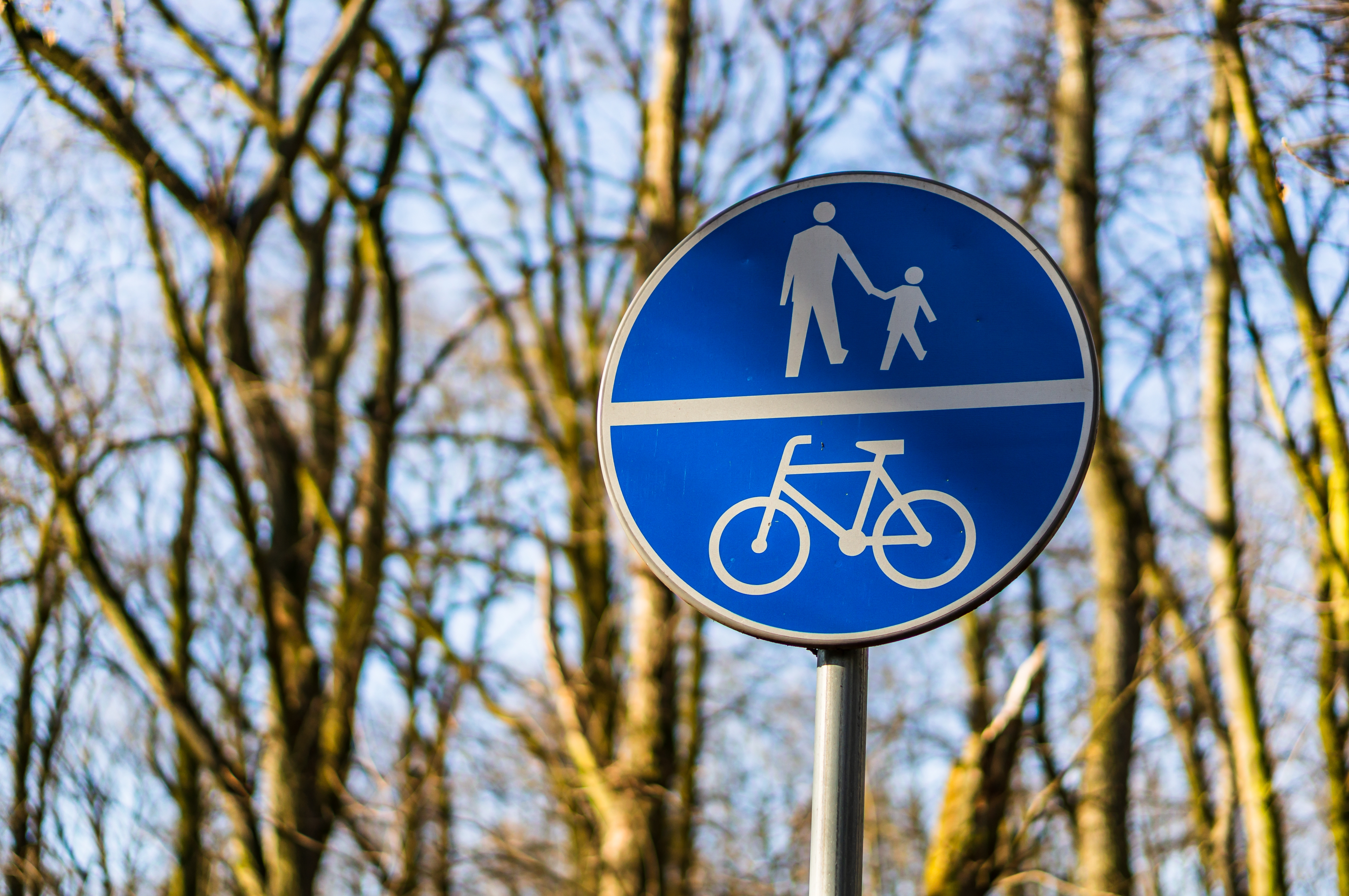
The code will offer advice about routes and spaces which are shared by people cycling, walking and riding horses.
Cyclists, horse riders, or people driving a horse-drawn vehicle must respect the safety of pedestrians walking in these spaces. However, pedestrians should also take care not to obstruct or endanger them when walking.
Cyclists will be asked to:
- not pass pedestrians, horse riders or people driving a horse-drawn vehicle closely or at high speed, particularly from behind
- reduce their speed when necessary and let pedestrians walking know they are there
- remember that pedestrians may be blind, partially sighted or deaf
- not pass a horse on the horse’s left
RULES THAT WILL CHANGE
- Rule H1 (Introduction)
- Rule 13 (Rules for pedestrians)
- Rule 62 (Rules for cyclists)
- Rule 63 (Rules for cyclists)
4. Positioning of Cyclists
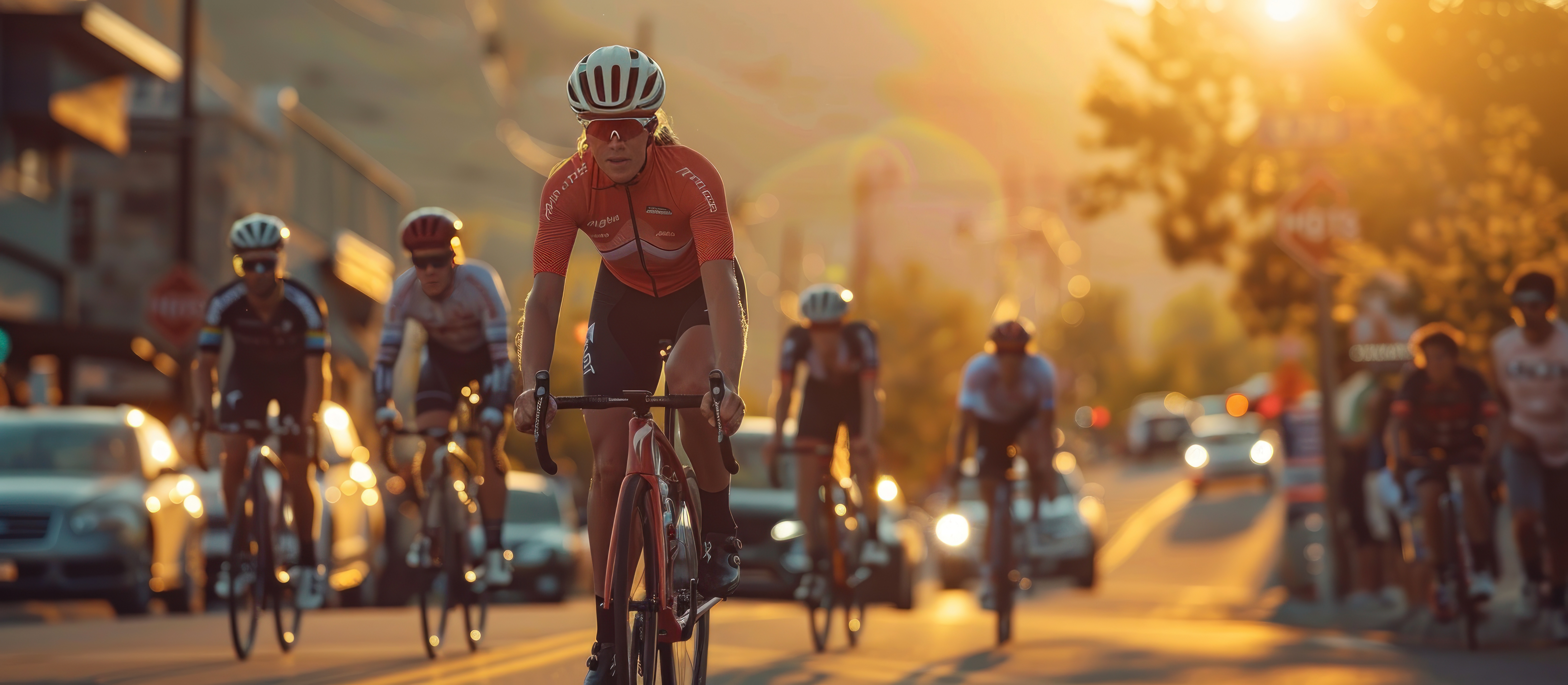
There will be updated advice for how cyclists position themselves on the road, which includes:
- riding in the middle of their lane on quiet roads, in slower-moving traffic and at the approach to road narrowings or junctions
- remaining at least 0.5 metres away from the kerb edge (and further where it is safer) when cycling on busy roads with vehicles moving quicker than them
People cycling in groups
Updates in the Highway Code will clarify that cyclists riding in groups:
- must be considerate of the requirements of other road users
- can ride two abreast – and it can be safer to do so, especially in bigger groups or when accompanying less experienced cyclists or children
Cyclists are also being asked to be aware of motorists driving behind them and allow drivers to overtake (for example, by moving into a single file or stopping) when it’s ok to do so.
People cycling passing parked vehicles
The revised code will advise that cyclists should:
- be careful when passing parked vehicles and leave sufficient room (a door’s width or 1 metre) to avoid a collision if a car door is opened
- watch out for pedestrians walking into their path
RULES THAT WILL CHANGE
- Rule 67 (Rules for cyclists)
- Rule 213 (Road users requiring extra care)
5. Overtaking When Cycling or Driving
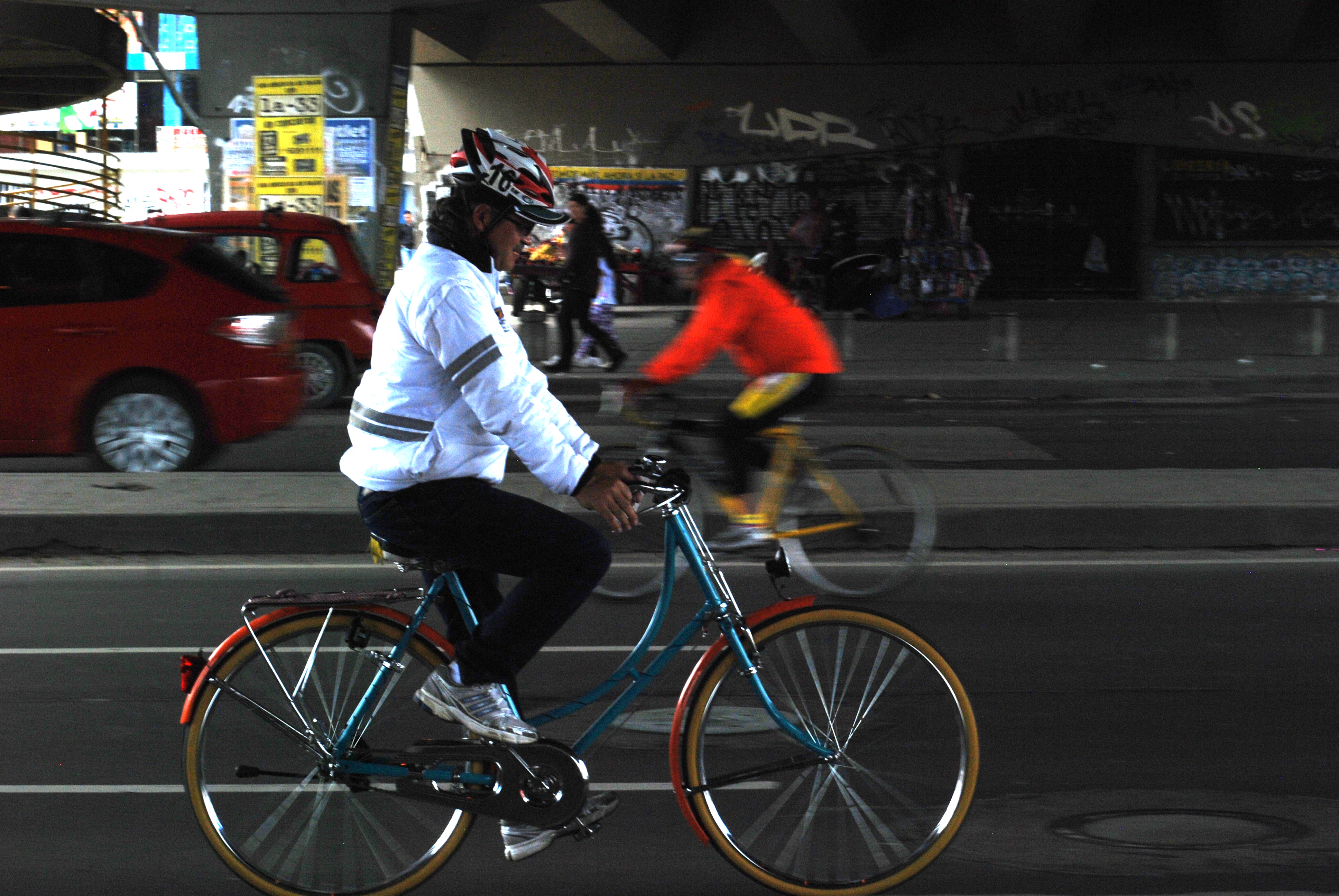
The updated code will provide guidance on safe passing distances and speeds for drivers and motorcyclists when overtaking vulnerable road users, including:
- leaving a minimum of 1.5 metres (5 feet) when overtaking cyclists at speeds of up to 30mph and providing them with more space when overtaking at increased speeds
- passing horse riders or people driving horse-drawn vehicles at speeds under 10 mph and allowing a minimum of 2 metres (6.5 feet) of space
- Giving a minimum of 2 metres (6.5 feet) of space and maintaining a low speed when overtaking pedestrians walking in the road (for example, where there’s no pavement)
Wait behind them and do not overtake if it’s unsafe or not possible to meet these clearances.
People cycling passing slower-moving or stationary traffic
The updated code will confirm that people cycling may pass slower-moving or stationary traffic on their right or left.
They should proceed with caution as people driving may not be able to see them. This is particularly important:
- on the approach to junctions
- when deciding whether it is safe to pass lorries or other large vehicles
RULES THAT WILL CHANGE
- Rule 67 (Rules for cyclists)
- Rule 76 (Rules for cyclists)
- Rule 163 (Using the road)
- Rule 212 (Road users requiring extra care)
- Rule 215 (Road users requiring extra care)
6. People Cycling at Junctions
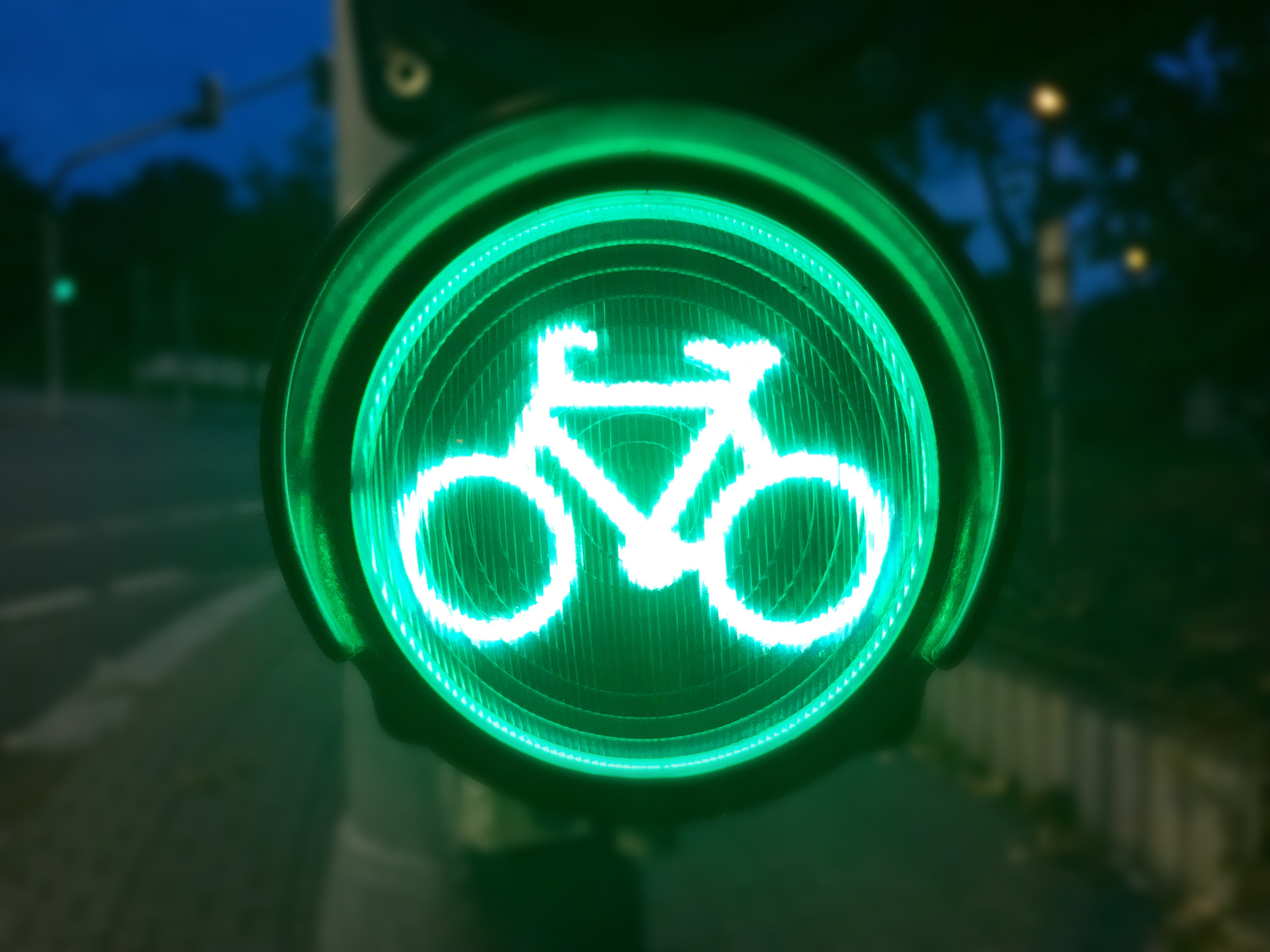
The updated code will confirm that when turning into or out of a side road, cyclists should give way to pedestrians who are crossing or waiting to cross.
There will be new advice about new special cycle facilities at some junctions.
Some junctions now have small cycle traffic lights at eye-level height, which may allow cyclists to move separately from or before other traffic. Cyclists are urged to use these facilities as they help make their journeys safer and easier.
Additional guidance is also provided for cyclists at junctions with no separate facilities. The code will suggest that cyclists should proceed as if they were driving a vehicle where there are no separate cyclist facilities. This includes placing themselves in the middle of their chosen lane, where they feel able to do so safely. This is to:
- help make them as visible as possible to other road users
- avoid being overtaken when it's dangerous to do so
Cyclists turning right
The code will provide guidance for cyclists using junctions where signs and markings tell them to turn right in two stages. These are:
- stage 1 – when the traffic lights turn green, proceed straight ahead to the zone marked by a cycle symbol and turn arrow on the road, and then stop and wait
- stage 2 – when the traffic lights on the far side of the junction (now facing the people cycling) turn green, complete the manoeuvre
Cyclists are given priority when going straight ahead at junctions
The code will advise that when cyclists are going straight ahead at a junction, they have priority over drivers waiting to turn into or out of a side road unless road signs or markings indicate differently. Cycling will be asked to keep an eye out for motorists intending to turn across their path, as drivers ahead may not be able to see them.
RULES THAT WILL CHANGE
- Rule H2 (Introduction)
- Rule H3 (Introduction)
- Rule 73 (Rules for cyclists)
- Rule 74 (Rules for cyclists)
- Rule 75 (Rules for cyclists)
- Rule 76 (Rules for cyclists)
- Rule 167 (Using the road)
- Rule 170 (Using the road)
- Rule 211 (Road users requiring extra care)
7. Cyclists, Horse Riders and People Driving Horse-Drawn Carriages on Roundabouts

The code is being updated to confirm that people drivers or motorcyclists should give priority to cyclists on roundabouts. The new guidance clarifies that motorists and motorcyclists should:
- not attempt to overtake cyclists within their lane
- allow cyclists to move across their path as they move around the roundabout
The code already confirms that cyclists, horse riders, and people driving a horse-drawn vehicle may stay in the left-hand lane of a roundabout when they intend to proceed across or around the roundabout.
Advice will also be given to clarify that drivers should take additional care when approaching a roundabout to ensure they do not cut across cyclists, horse riders or people driving a horse-drawn vehicle who are continuing around the roundabout in the left-hand lane.
RULES THAT WILL CHANGE
- Rule 79 (Rules for cyclists)
- Rule 167 (Using the road)
- Rule 186 (Using the road)
8. Leaving Vehicle and Charging Electric Cars
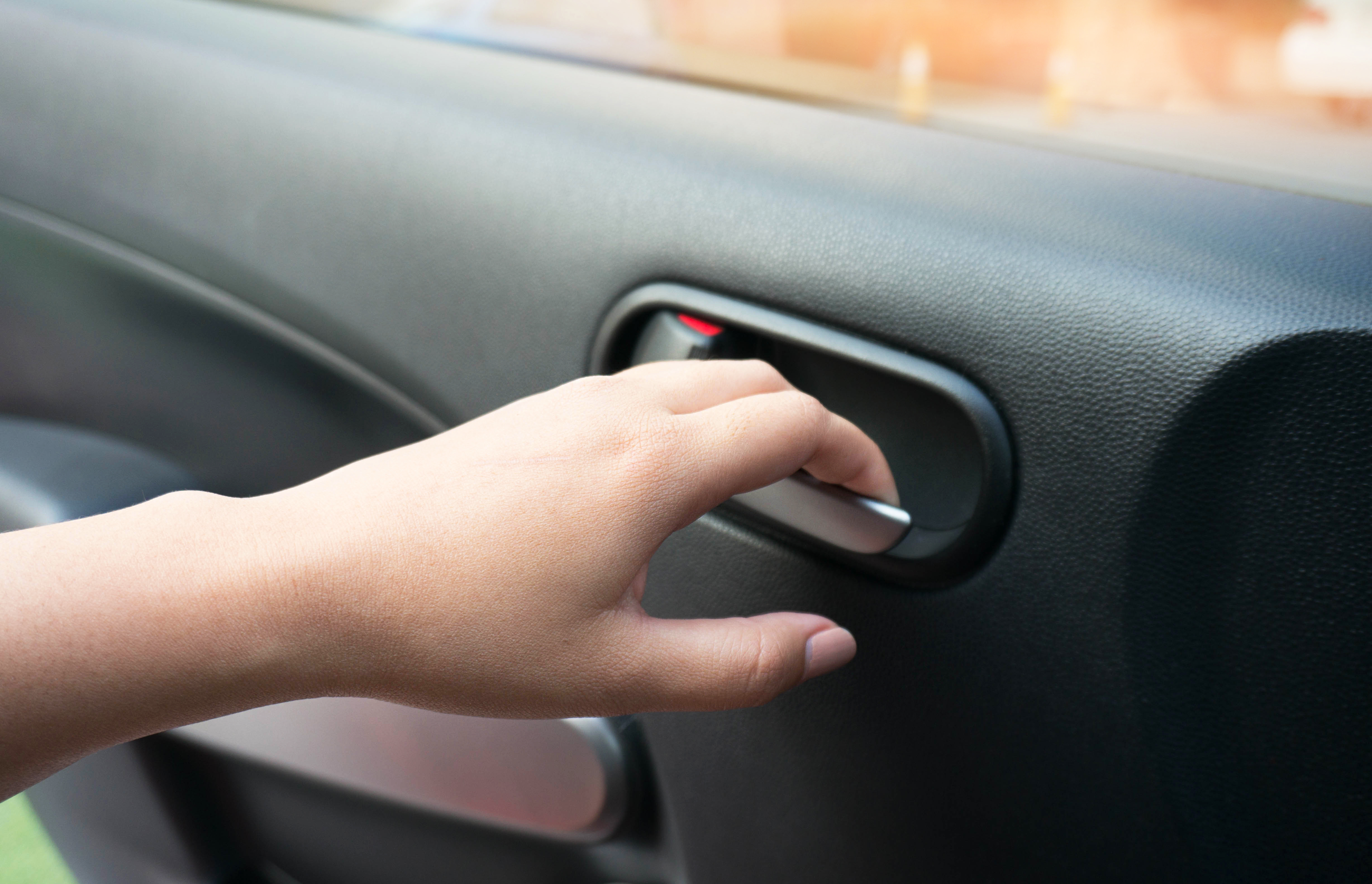
The code will advise using a new approach known as 'Dutch Reach' when leaving vehicles. This method involves drivers or passengers in a vehicle opening the door to use the hand on their opposite side to the door they are opening. For example, using their left hand to open a door on their right-hand side. It is hoped that this will force them to turn their head and look over their shoulder behind them. This is likely to reduce the chances of injuring:
- cyclists or motorcyclists passing on the road
- pedestrians on the pavement
Using an electric car charge point
For the first time ever, the Highway Code will contain guidance about using electric vehicle charging points.
When using one, drivers should:
- park close to the charge point and avoid creating a trip hazard for people walking from trailing cables
- display a warning sign if possible
- return charging cables and connectors neatly to decrease the danger to other people and avoid creating an obstruction for other road users
RULES THAT WILL CHANGE
- Rule 239 (Waiting and parking)
A total of nine sections of The Highway Code will be updated, along with fifty rules being updated or added.
If you want to see a summary of all the changes in The Highway Code updates list, visit the GOV.UK website from tomorrow.
Other news articles you may wish to read:
- Benefits of driving an electric car
- Benefits for employers who install electric vehicle charging points
- Electric vehicle running costs explained
- Our Top 10 electric cars to lease
- Electric cars: deadline looming for claiming home charging grant
- Connected Kerb to install 190,000 electric vehicle chargers by 2030
- Tesla to open up their Supercharger network to other EVs
- New homes and offices to have chargepoints for EVs by 2022
